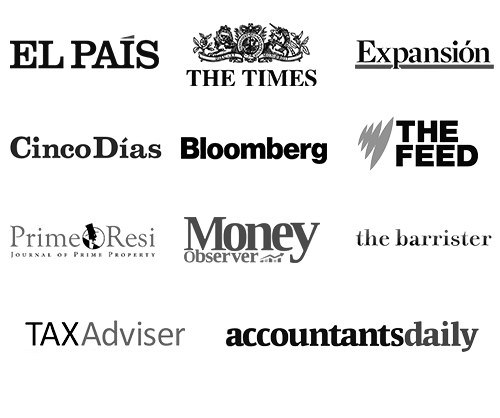YouTubers and their Legal Issues. YouTube is the buzzword of today, a subsidiary of Google Inc. anyone can easily open an account and upload their audio-visual content. The Partner Programs allow YouTubers to earn revenues via Google AdSense.
There are basically a few conditions that a YouTuber must follow:
- The program must be available inside the territory or country.
- The content must be original.
- The content must not be sensitive or mature in nature.
- The program should be in accordance to YouTube’s Terms of Service and follow the community’s guidelines.
The current guidelines state that any video must attain 10000 views to become eligible for any advertisement. This is a strategic step Google made to avoid placing its advertisements on videos containing hate speeches and extremist messages.
Youtube in numerous copyright cases
YouTube has been involved in numerous copyright cases that gained much media attention. In 2007, just two years after its launch, a case was submitted against it by Viacom for uploading huge amounts of unauthorized videos. Apparently, YouTubers had downloaded more than 150,000 videos from Viacom and uploaded it on YouTube without getting permission from the original users. While the incident itself was appalling, Viacom was still more indignant because YouTube had failed to take any action against these YouTubers despite having full knowledge of the infringements. In another popular case, a YouTuber Stephanie Lenz was asked by Universal Music Corp. to remove her 29-second video because along with her dancing toddler son the video also contained a portion of “Let’s Go crazy” by Prince played in the background. In another case, YouTube lost against GEMA when the German court held the platform accountable for any content played on its website. Hence, YouTube revised its policies and created an automatic system that could identify probable infringement in any video uploaded on its site. As a result, the Content ID system came into existence.
YouTubers could manage the identification, management, and protection of their content through the Content ID system. The copyright owners could have their works digitally fingerprinted. If fresh content is being uploaded in the channel then the Content ID system tries to match it with earlier published content. The job of the Content ID program is to stop any unauthorized usage of any work. However, if a work is used without permission then a website is offered for submitting copyright takedown notices which are sent as DMCA takedown.
DMCA takedown and Copyright ID
The difference between DMCA takedown and Copyright ID is that the former is regulated under U. S. copyright law while the latter is a self-monitoring device of YouTube. The platform uses copyright strike to warn a user that he or she may be uploading an unauthorized video. If the user is served with three copyright strikes, then there is a threat of account termination.
When a YouTuber finds an infringement on the copyright
YouTube has introduced Copyright School video to educate its viewers, but the video has not been very successful. Therefore, when a YouTuber finds an infringement on the copyright, there are several options to choose from:
- Block the content
- Track the video
- Monetize it with an advertisement
- Mute the audio and only allow the video to stream.
- Apply for restriction to be imposed in a particular territory
- Legal actions are always an option.
Youtubers Legal Issues
Del Canto Chambers
Let us guide you on our services for corporate
Del Canto Chambers specialists are constantly up to date with new legislative changes and aware of any Spanish tax and legal implications. Contact our Spanish legal and tax specialists to find out the best tax planning and corporate structures in your circumstances.





